Psychographic segmentation is an approach used in market research to group customers according to their unique personality characteristics. It enables more consumer-centric marketing activities and product development thanks to psychographic segmentation advantages.
Using Psychographics as a baseline for segmentation, marketers can understand the reasoning behind consumer behaviour. In other words, it enables them to better recognise what subconsciously drives consumers to purchase a product or a service.
At Symanto, we use Artificial Intelligence to automatically identify customers’ personality traits and communication styles from the text they produce on different online channels.
Our analysis provides deep insights into the motivation behind consumer behaviour and enables us to read between the lines of organic conversations online.
Nowadays, psychographic segmentation is about understanding what makes your customers unique – their preferences, lifestyle, opinions and beliefs. And about conceiving marketing strategies that resonate with them personally.
In a marketing realm where personalisation is the new king, segmentation based on psychographics reigns supreme.
Let’s explore the benefits of psychographic segmentation and why it’s a powerhouse in building marketing success.
Psychographic Segmentation Advantages
Psychological Profiling Helps Explaining the Motivation Behind Buying Behaviour
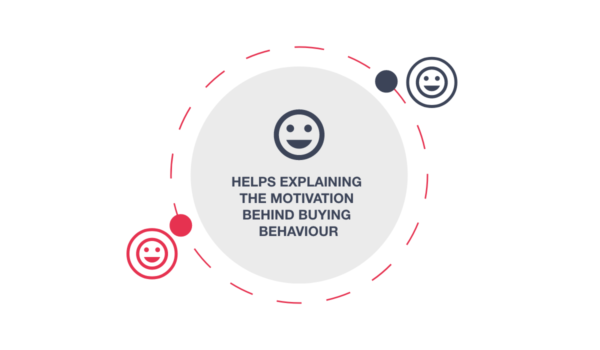 If we are only tracking consumer behaviour, there is no clear explanation for the reasoning that motivates it. And is often left to speculation, which is prone to human error, bias and prejudice.
If we are only tracking consumer behaviour, there is no clear explanation for the reasoning that motivates it. And is often left to speculation, which is prone to human error, bias and prejudice.
Tracking the psychographic profile of your consumers helps to deliver a more accurate insight into why consumers behave the way they do.
Together with psychographic profiling, the Symanto Insights Platform analyses what your consumers say about you online. So that you can get deep insight into the reasoning behind their sentiment towards your brand.
Want to know why your newest product is particularly popular? The Symanto Platform gives an accurate overview of what drives your customers to favour one product over another.
If you want more delve into more detail, simply click on a topic to read related posts and see for yourself what people are saying.
Purchase drivers
One major psychographic segmentation advantage is that it reveals the elements that lead to purchase decisions.
It goes beyond needs; it’s about consumers’ aspirations and desires. Whether is a preference for luxury, commitment to sustainability, or appetite for innovation, comprehending these drivers is vital.
As it helps create tailored products that meet those specific desires and personalise the corresponding marketing campaigns.
Emotional connection
Psychographic segmentation allows businesses to identify the emotions behind customer choices.
You know when you buy an item you really wanted and feel like it was made for you? That’s an emotional connection.
Such emotional triggers might be the thrill of adventure, a sense of belonging or the solace of tradition.
Knowing them offers brands the possibility to personalise their messaging and resonate better with customer expectations.
Psychographic Segmentation Advantage – Customise messaging and Improve Communication
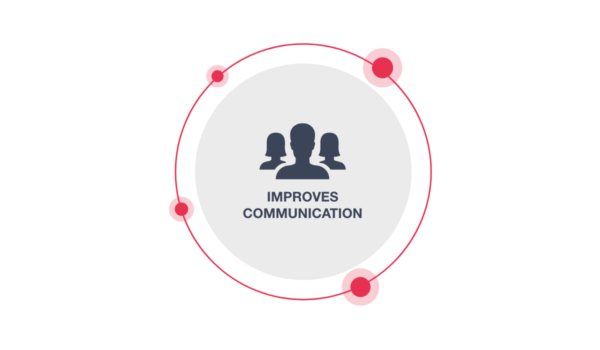 Psychographic segmentation is the key to unlocking personalised messaging and communicating a message that resonates with your customers’ subconscious needs. As well as analysing text to distinguish personality traits.
Psychographic segmentation is the key to unlocking personalised messaging and communicating a message that resonates with your customers’ subconscious needs. As well as analysing text to distinguish personality traits.
Symanto Insights Platform analyses text to reveal the writers’ communication preferences. Is the writer action-seeking, information-seeking, fact-oriented, or self-revealing?
Understanding your audience’s preferred communication style will help ensure that your messaging speaks to your customer’s needs in a way that mirrors their preferred communication style.
Personalise content based on interests and values
Another significant benefit of psychographic segmentation is suggesting what customers really care about.
Knowing these interests and values enables brands to craft content that speaks the language of their clients. Such interests might be related to inclusion and diversity, environmental consciousness, health and wellness, etc.
Uplevel brand relevance
Psychographic segmentation is a valuable tool to help brands stand out and be more than “average”. Become a sort of companion or trusted partner for their customers.
Knowing and aligning with your audience’s values and interests, your brand has the opportunity to easily integrate into their lives. And be part of their story. Thus, making the brand relevant and meaningful in their eyes.
The Benefits of Psychographic Segmentation – Refined Product Development
From a product development point of view, psychographic segmentation helps predict what customers want and need in a product.
Conceive products that are aligned with clients’ lifestyles
Psychographics reveals significant details and intricacies of how customers live, what they want and need, and what they enjoy and crave.
Armed with this information, businesses can create products that integrate perfectly with such requirements. For example, offer eco-friendly options for people who value environmental initiatives or innovative tech solutions for digital aficionados.
Anticipate emerging trends
Staying ahead of the curve and adapting your products to answer the evolving exigencies of the audience before becoming mainstream brings a competitive advantage.
Psychographic segmentation has a word to say in this matter, as it provides a preview of the future. Having a deep understanding of their customers’ aspirations and motivations allows them to anticipate trend modifications.
Such insights might be an increased interest towards experiential products or sustainable living.
Psychographic Segmentation Benefits – Target the Right Audience
Identifying new niches on the market
Psychographic segmentation gives a hand to spot new consumer groups that share unique lifestyles, values and passions. They may be eco-conscious shoppers, adventure seekers, tech enthusiasts, travel addicts, health food advocates, etc.
Clearly understanding these niches empowers businesses to channel their marketing efforts toward these specific audiences and speak directly to them.
This goes beyond selling products; it’s about gathering a community of like-minded people who share the same interests and values.
Maximise marketing ROI
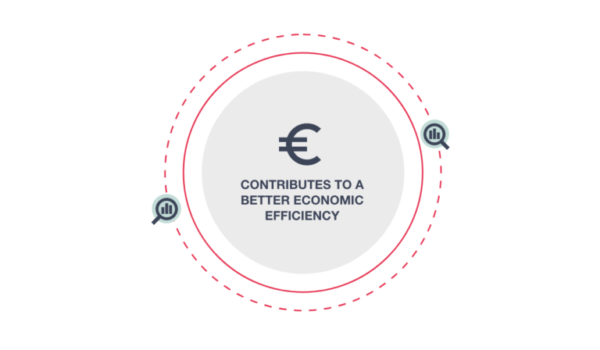 Psychographic segmentation helps direct marketing efforts with precision, where they bring the most results.
Psychographic segmentation helps direct marketing efforts with precision, where they bring the most results.
Companies maximise their return on investment by targeting niche markets, meaning people that are most likely to connect with their brand and buy their products.
It is demonstrated that a targeted approach increases the conversion rates and purchases number. Thus amplifying the efficiency of marketing activities.
The more satisfied the customer, the more significant the impact on profitability.
Imagine if every email and every social media advertisement you received from a brand seemed to speak directly to you. Would it affect your affinity towards that brand? Would you be more or less likely to interact with and buy from them?
We’ve all experienced spammy emails and poorly targeted ads that just missed the mark. These errors are costly. Use psychographic segmentation to improve accuracy in your targeted communication.
Symanto’s Platform also lets you listen in on what your customers love about your product or service and what needs improvement. You can use this information to make product development more consumer-centric and address pain points efficiently.
Advantage of Psychographic Segmentation in Business – Building Brand Loyalty
Create brand advocates
Have you ever bought a product you were so enchanted by that you couldn’t refrain from speaking about it all the time? It’s called brand advocacy. And psychographic segmentation is the key to building and nurturing such passionate relationships.
Brand advocates are more than loyal customers; they are a powerful force that creates a ripple effect and amplifies exponentially a brand’s reach and influence.
Because they resonate deeply with the brand’s values, they recommend your products to their inner circle, share their experiences, and defend your brand.
Ameliorate customer retention
Keeping existing clients satisfied and enticing them to repeat purchases is more effective than attracting new ones.
Psychographic segmentation significantly contributes to helping businesses create experiences tailored to customer preferences and pain points. Clients are more likely to buy more when they feel valued and understood. A bond is created.
And this is the main reason consumers choose a particular brand over and over again.
Psychographic Segmentation Remains Stable in Time
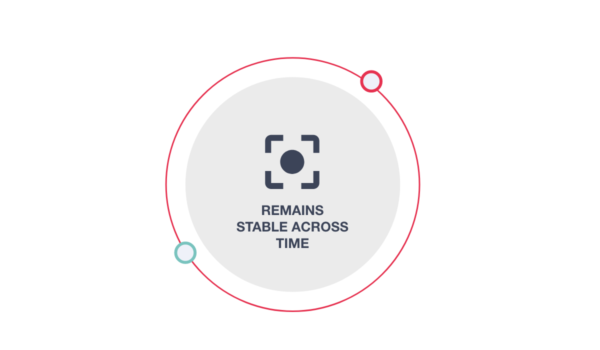 People change their behaviour over time for various unpredictable reasons – there is a new trend, they buy a better product and can shop online, they age, they start a family, etc.
People change their behaviour over time for various unpredictable reasons – there is a new trend, they buy a better product and can shop online, they age, they start a family, etc.
Using behaviour as a foundation for your marketing segmentation is unstable, to say the least.
You can counter this major drawback by constantly tracking new behaviours and revising your segments, but this is time-consuming and cost-intensive.
It also implicates a more comprehensive marketing strategy, which must be reviewed each time there is a change.
On the other hand, a person’s personality traits stay relatively steady over time.
Whether you are emotionally or rationally driven, for example, is something that is unlikely to change drastically over time.
The benefit of using psychographics as a basis for marketing segmentation is that it gives you stable ground to divide your customers. And build a detailed strategy you can monitor and sustain over extended periods.
Symanto’s Psychographic Segmentation Provides Higher Accuracy
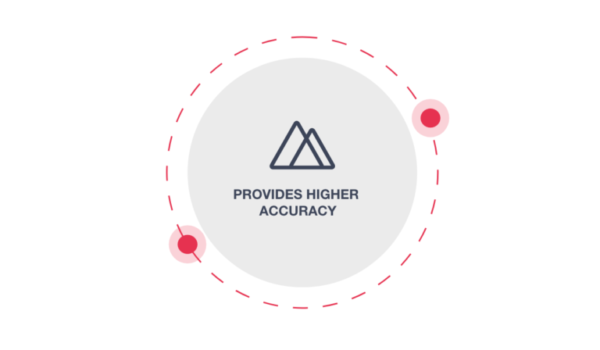 With the help of artificial intelligence, we can analyse large amounts of data within minutes. And cover almost all customers who have written about or reviewed your company online.
With the help of artificial intelligence, we can analyse large amounts of data within minutes. And cover almost all customers who have written about or reviewed your company online.
This allows us to build more accurate segments based on the entirety of your target group and not only on a pre-defined sample of the population.
Tools to Extract Psychographic Segmentation Advantages
To understand your audience’s behaviours clearly, you need the right tools. Some examples of such tools are:
Questionnaires and surveys
These are the classical tools of data collection and have improved over the years. Currently, they can be conducted online, and the data can be processed with more advanced tools.
Surveys and questionnaires allow companies to talk directly to their customers and ask about their pain points, interests, preferences, values and lifestyles. They can be created specifically to obtain rich insights related to customer behaviour.
Reviews and customer feedback
This is a treasure trove for businesses. Analysing the sentiments expressed in feedback reveals their thoughts and feelings about your product. And the associated emotional connections and values.
Social media analytics
Social media is another rich venue for uncovering the audience’s perspective and thoughts. Most social media channels provide a wealth of data related to consumer behaviour and allow businesses to analyse it.
Analysing social media comments, likes, and interactions provides valuable and actionable psychographic insights.
Data analytics and machine learning
Psychographic segmentation saw great development with the advent of advanced technologies like machine learning and data analytics.
These new tools have cutting-edge capabilities and are able to gather and process vast amounts of data and identify patterns and correlations with high accuracy. And predict customer behaviour based on past data.
Symanto is such a performant solution that uses AI-powered technology to deliver state-of-the-art psychographic segmentation.
Our psychographic segmentation feature analyses the consumer’s personality traits and tonality based on text. Next, this analysis is combined with sentiment analysis and opinion, and categorises consumers into four segments: critics, at-risk, loyalists and ambassadors.
Symanto’s psychographics include supplementary consumer traits like motivation and interests, and they deliver:
- Unique competitive insights surfaced via direct comparison of customer loyalty levels and comparison of features between products or brands.
- Gain a critical understanding of customer needs, drivers and barriers and conceive powerful data-backed brand and marketing strategies.
Symanto’s psychographic segmentation process incorporates
- Proprietary psycholinguistic analytics – profile and segment customers by using just 10 words.
- Instant segmentation – in real-time and for large customer databases.
- GDPR and privacy compliance.
Symanto’s psychographic sentiment analysis is used for
Market studies and research
External sources like third-party research and market studies realised by specialised companies can sometimes provide priceless insights. As they offer a broader perspective and trends across industries, geo-locations or demographics.
Examples of Companies Leveraging the Advantages of Psychographic Segmentation
Airbnb
The accommodation marketplace is an example of psychographic segmentation excellence. They categorised their users based on travel preferences and grouped travellers as budget-oriented travellers, adventure passionates, or luxury seekers.
Airbnb recommends experiences and accommodations in line with the traveller’s history and preferences.
This personalised approach increased engagement and booking conversions after its implementation. And as a consequence customer satisfaction expanded, resulting in a positive evolution of revenues and sales for the platform.
Spotify
The world-famous music streaming service incorporated psychographic segmentation in its playlists and user recommendations.
They understood that music is about emotions and moods and curated their recommendations based on user activities, emotions and tastes.
By leveraging psychographics to personalise their services, Spotify improved user retention and increased the time users spend on the platform. Plus, customer satisfaction evolved positively, and so did the premium subscriptions.
Psychographic Segmentation Disadvantages
Psychographic segmentation comes with a series of advantages but has also disadvantages.
Some of its limitations are:
Limited data accuracy
Collecting psychographic data that is highly accurate is a complex task. As it is not straightforward and involves depicting more advanced aspects of customer behaviour.
The nature of nuances collected may lead to biases or inaccuracies in data sets.
Expertise and costs
A detailed and comprehensive analysis of psychographic data involves advanced tools and expertise.
For companies with limited resources accessing such tools and hiring the specialists needed may be challenging.
Combining psychographics with other segmentation methods
Psychographic segmentation is a powerful method, but it delivers better results when combined with other methods like behavioural or demographics.
Using just one segmentation method may skip valuable insights and deliver a skewed audience understanding.
Adapt to evolving consumer behaviour
Consumer preferences and behaviour evolve continuously. What works today might not work tomorrow.
Psychographic insights must be constantly updated to provide a solid base for strategies using consumer trends and behaviours.
Take Away
Knowing your audience at a deep level and how the customers’ preferences and requirements evolve are an absolute must. Psychographic segmentation advantages come to answer these business necessities and help them build loyal relationships with their clients.
If you’d like to know more about how Symanto can help you use psychographic segmentation and optimise your marketing activities, contact one of our experts or book a free demonstration.

